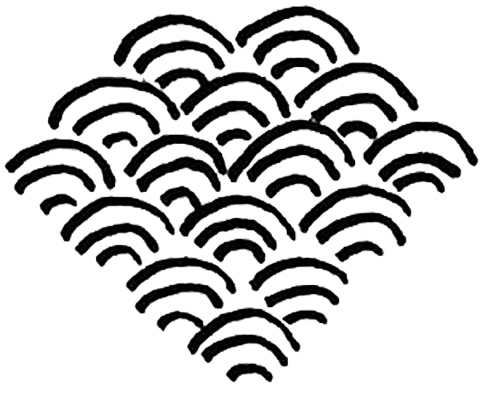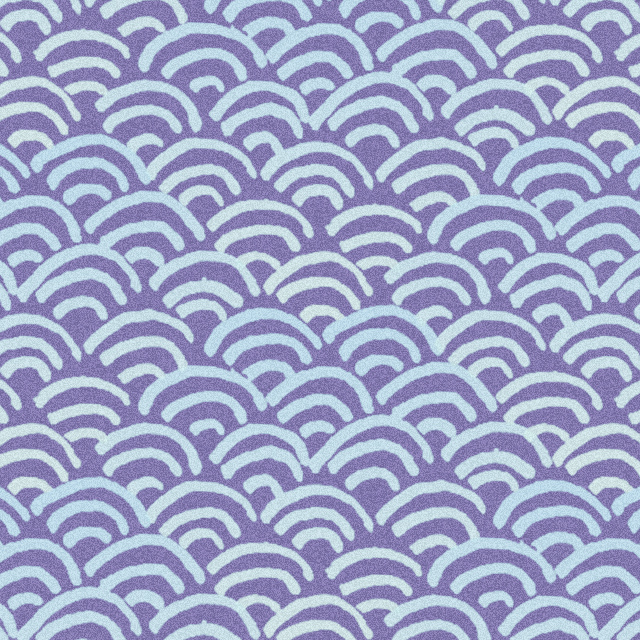|
||
 |
||
2@A decorative pattern of semicircular repeated wave shapes used to decorate the built up ridges of temples, halls, and gates during the proto-modern period (latter 16-19c). It is one of the simplest patterns with broad, curved tiles placed in rows. The tiles of every other row straddle the meeting point of every two tiles below. The pattern has a wide variety of other uses:
1. A pattern drawn with a broom on sand in a garden *samon »Ά.
2. A pattern formed when wave-shaped tiles were plastered to outside walls. During the 16-19c.
3. A pattern used in textile dying which first appeared on costumes for ancient court dance gagaku λy.
4. A pattern used for mother-of-pearl inlay *raden ην, which became popular in the Genroku ³\ era (1688-1703)

 @
@ @
(C)2001 Japanese Architecture and Art Net Users System.@No reproduction or republication without written permission.
fΪΜeLXgEΚ^ECXgΘΗASΔΜRecΜ³f‘»E]ΪπΦΆά·B

